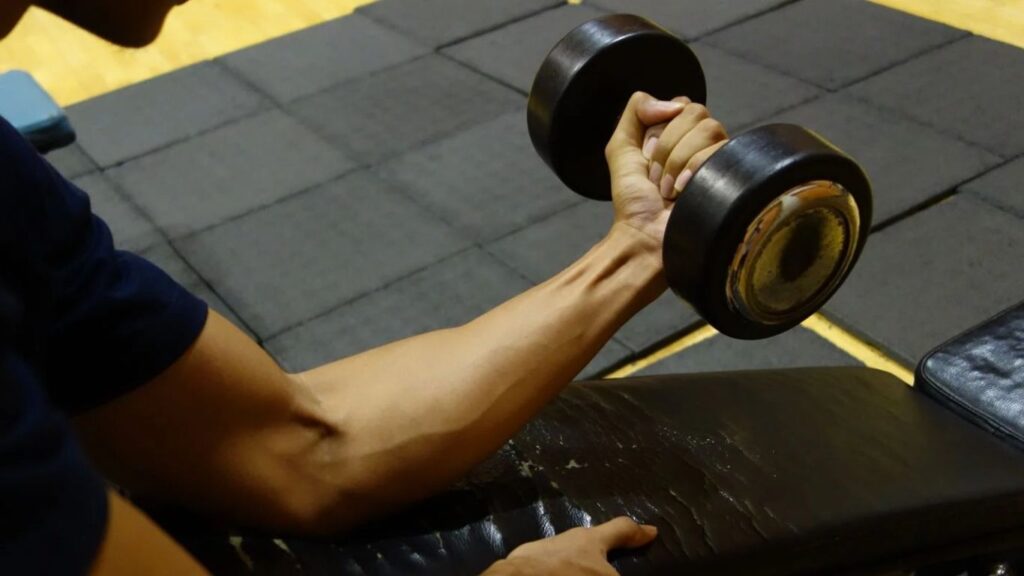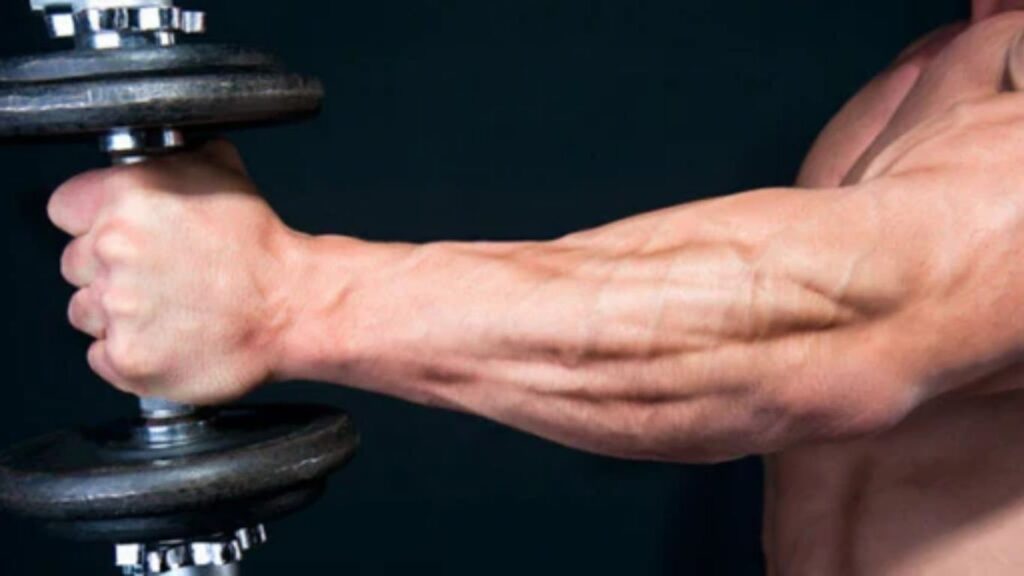Injury prevention is a critical aspect of fitness training, as it ensures consistent progress and longevity in any workout regimen. Avoiding injuries not only keeps you active but also helps maintain your motivation and achieve long-term fitness goals. Forearm muscles play a pivotal role in overall fitness, providing the strength and stability needed for various exercises and daily activities. Strong forearms support proper grip and wrist alignment, reducing the risk of common injuries like tendonitis and strains. In this blog, we will explore the anatomy of forearm muscles, the impact of their strength on preventing injuries, effective exercises for building forearm muscles, and practical tips for incorporating forearm training into your routine.
The Impact of Strong Forearm Muscles on Preventing Injuries in Fitness Training
- Anatomy of the Forearm Muscles
- Common Fitness-Related Injuries Involving the Forearms
- The Importance of Strong Forearm Muscles in Injury Prevention
- Exercises to Strengthen Forearm Muscles
- The Role of Forearm Strength in Various Fitness Activities
- Recovery and Maintenance for Forearm Muscles
- Common Mistakes to Avoid in Forearm Training
- Conclusion
Anatomy of the Forearm Muscles
The forearm is comprised of two main muscle groups: flexors and extensors. The flexors, located on the inner side of the forearm, are responsible for bending the wrist and fingers, enabling movements like gripping and lifting. The extensors, on the outer side, allow for wrist and finger extension, aiding in releasing objects and stabilizing the wrist. These muscles work together to perform a range of movements essential for daily tasks and fitness activities. A strong grip, crucial in exercises like deadlifts and pull-ups, directly relies on the strength of these muscles. Well-developed forearm muscles not only enhance grip strength but also provide stability, reducing the risk of injury during various physical activities.
Common Fitness-Related Injuries Involving the Forearms

Weak or underdeveloped forearm muscles can lead to several common injuries. Tendonitis, such as tennis elbow and golfer’s elbow, occurs when the tendons in the forearm become inflamed due to repetitive stress, often from poor grip strength or improper technique. Wrist strain and carpal tunnel syndrome are also common, where weak forearm muscles fail to stabilize the wrist, leading to overexertion and nerve compression. Overuse injuries from repetitive motions, such as typing or lifting, can cause micro-tears in the muscles and tendons, leading to pain and reduced mobility. Weak forearm muscles contribute to these injuries by placing additional stress on the joints and tendons, making them more susceptible to damage during physical activities.
The Importance of Strong Forearm Muscles in Injury Prevention
Strong forearm muscles are essential for stabilizing the wrist and elbow joints, providing the necessary support for a wide range of movements. These muscles help maintain proper alignment of the joints, reducing the risk of injuries like strains or sprains during exercises. They also play a crucial role in grip strength, ensuring that you can hold weights or equipment securely, which is vital for maintaining proper form. This stability minimizes unnecessary strain on tendons and ligaments, preventing overuse injuries such as tendonitis. By strengthening the forearms, you enhance overall joint stability and protect the connective tissues, making your workouts safer and more effective.
Exercises to Strengthen Forearm Muscles

Effective forearm exercises include wrist curls, reverse wrist curls, farmer’s carries, and grip strength exercises. To perform wrist curls, sit with your forearms on your thighs, palms up, holding a weight. Slowly curl the weight towards you, then lower it back. Reverse wrist curls are similar but with palms facing down. For farmer’s carries, hold heavy weights in each hand and walk while keeping your core tight. Grip strength exercises can include using hand grippers or squeezing a stress ball. Incorporate these exercises into your routine by adding them at the end of your workout, focusing on controlled movements and progressive overload to gradually increase resistance and build forearm strength effectively.
The Role of Forearm Strength in Various Fitness Activities
Forearm strength is essential across various workouts, significantly enhancing performance and safety. In weightlifting, a strong grip allows for better control and heavier lifts, reducing the risk of dropping weights and related injuries. For climbers, increased forearm endurance and grip strength are crucial for maintaining hold on challenging routes, improving overall climbing ability. In combat sports, strong forearms contribute to better wrist stability and punching power, essential for effective strikes and injury prevention. Functional training benefits from strong forearms as well, as they enable improved grip and control during exercises that mimic daily tasks, such as lifting, carrying, or pulling, making everyday movements more efficient and reducing the likelihood of strain or injury.
Recovery and Maintenance for Forearm Muscles
Proper recovery after forearm training is essential to prevent overuse injuries and ensure muscle growth. Incorporate stretching and mobility exercises to maintain flexibility and reduce muscle tightness, which can lead to strains. Gentle stretches like wrist flexor and extensor stretches help improve blood flow and enhance recovery. Rest is equally crucial; allow at least 48 hours between intense forearm workouts to avoid overtraining. To further aid recovery, consider ice baths or cold therapy to reduce inflammation, and massage therapy to alleviate muscle tension and improve circulation. These practices not only speed up recovery but also help maintain overall forearm health, keeping you injury-free and ready for your next workout.
Common Mistakes to Avoid in Forearm Training

Common errors in forearm training include neglecting proper form, overtraining without adequate rest, and focusing solely on grip exercises while ignoring wrist and finger strength. These mistakes can lead to muscle imbalances, strain, and injury. To avoid these pitfalls, ensure you use correct form with controlled movements, incorporate a variety of exercises targeting different parts of the forearm, and allow sufficient recovery time between workouts. Additionally, gradually increase intensity and avoid excessive weight, which can strain the muscles and tendons, ensuring safe and effective forearm training.
Conclusion
strong forearm muscles are essential for maintaining stability, improving grip strength, and preventing injuries in fitness training. By incorporating targeted forearm exercises into your routine, you can enhance overall performance and reduce the risk of common injuries such as tendonitis and wrist strains. Prioritizing forearm strength not only supports your fitness goals but also ensures a safer, more sustainable workout regimen. Remember, balanced training, proper form, and adequate recovery are key to effective forearm development and long-term injury prevention. Invest in your forearm strength today for a healthier, injury-free tomorrow.
Also read: Stand Tall and Confident: Guide to Posture-Improving Exercises
